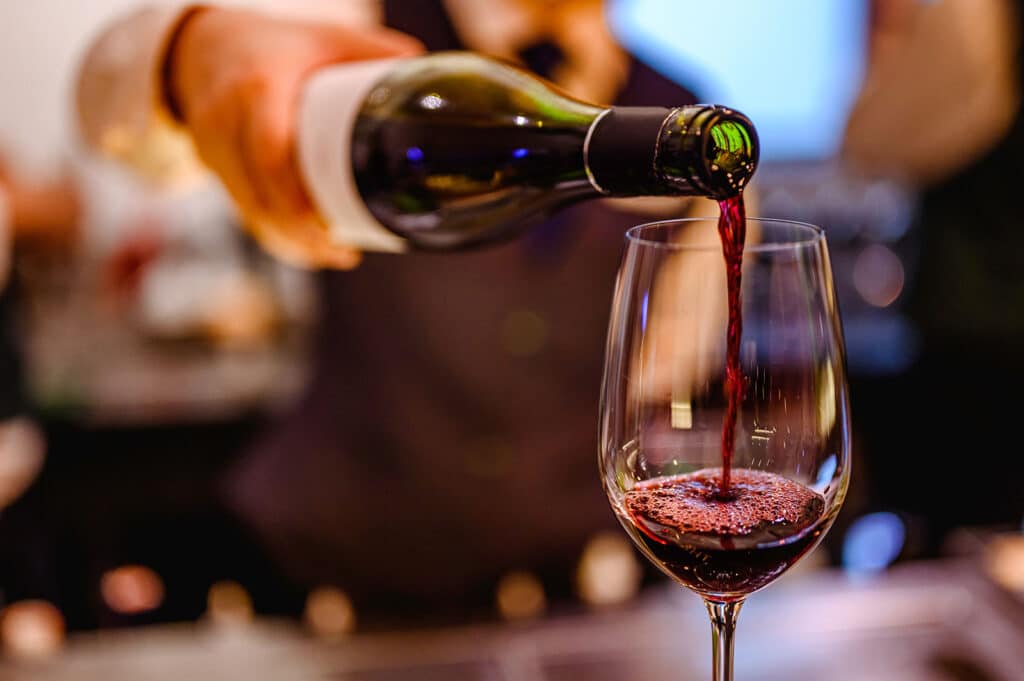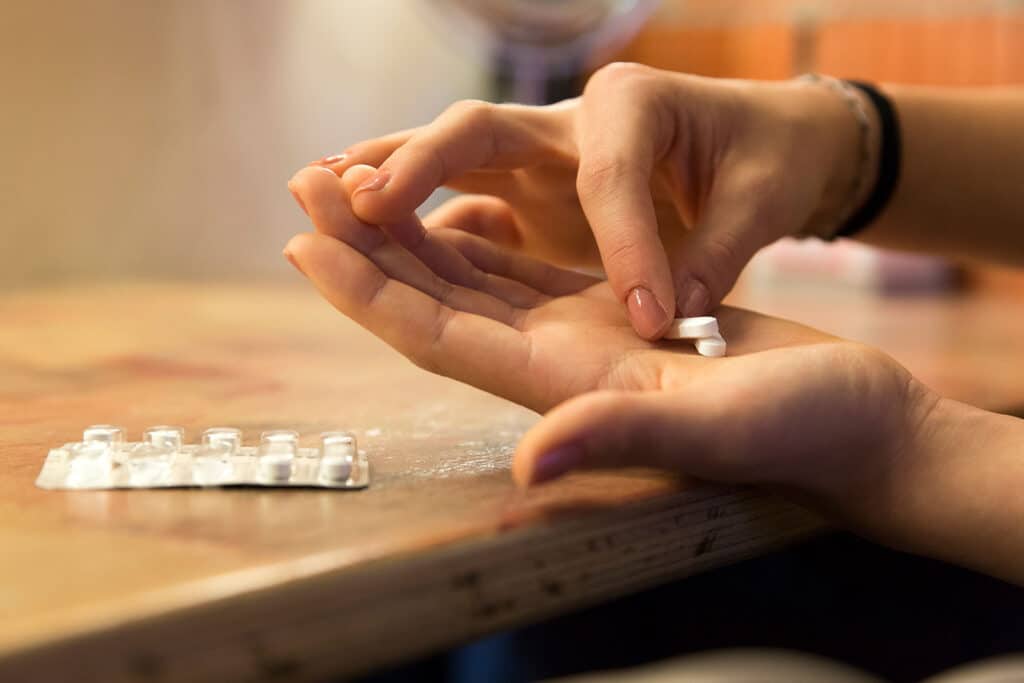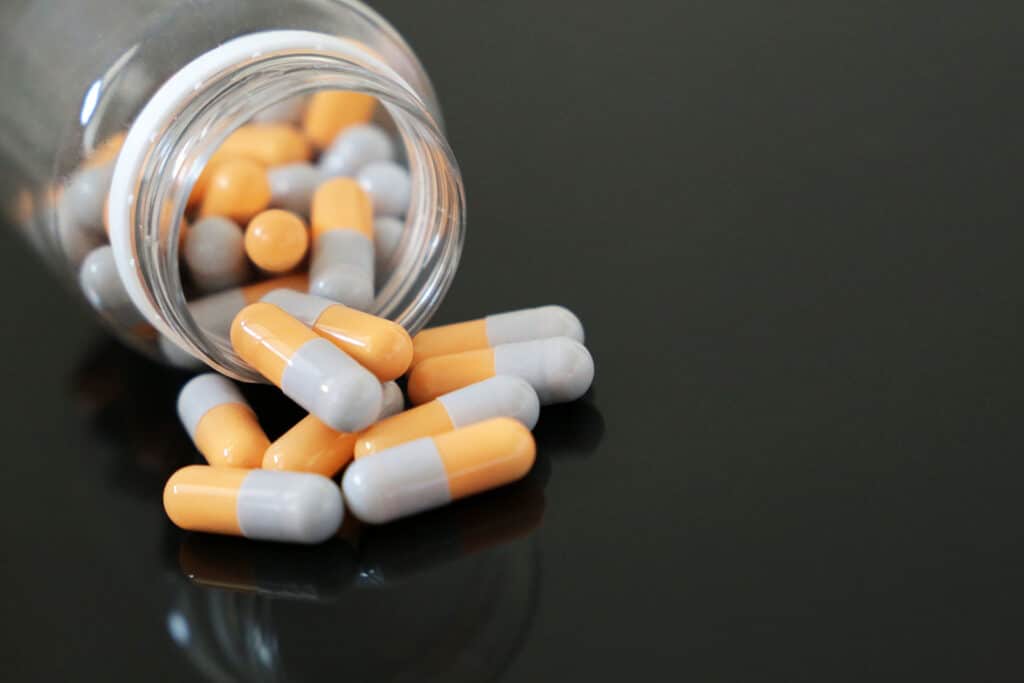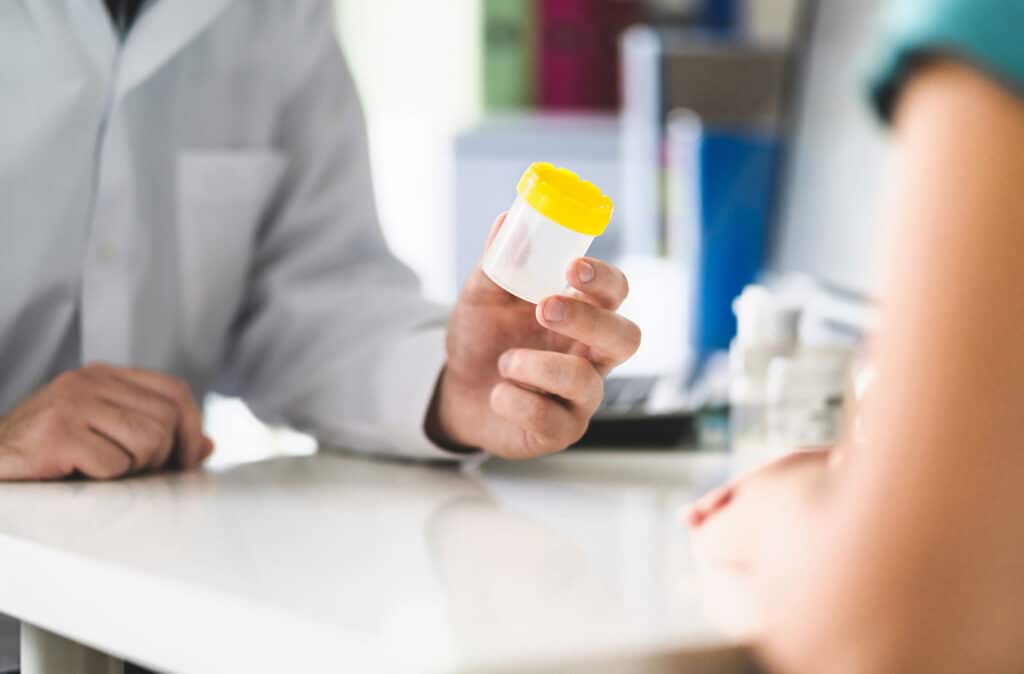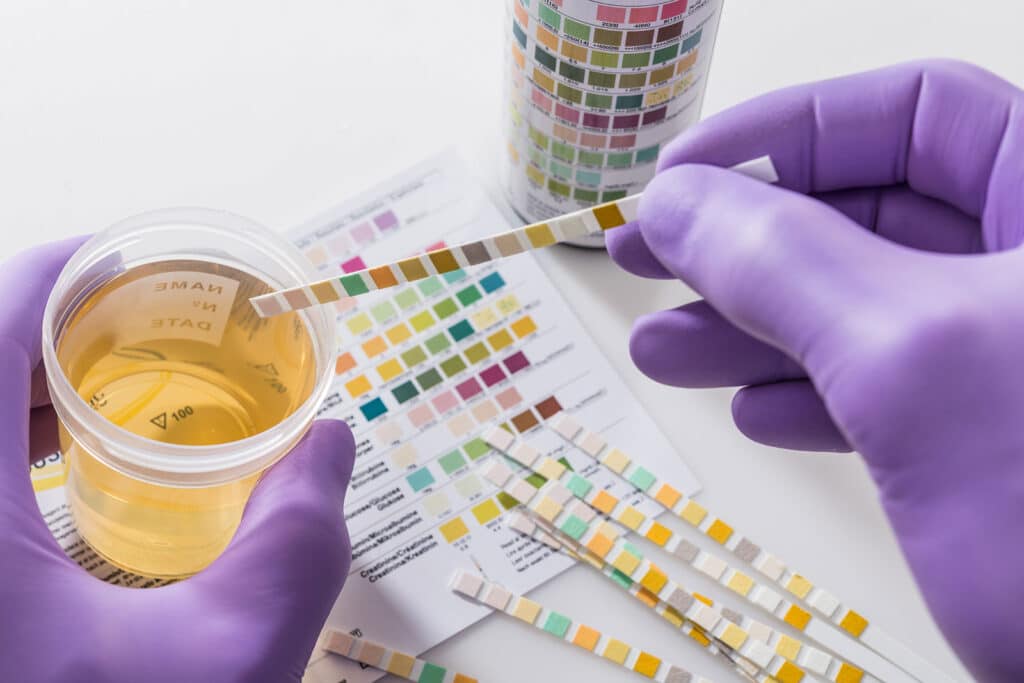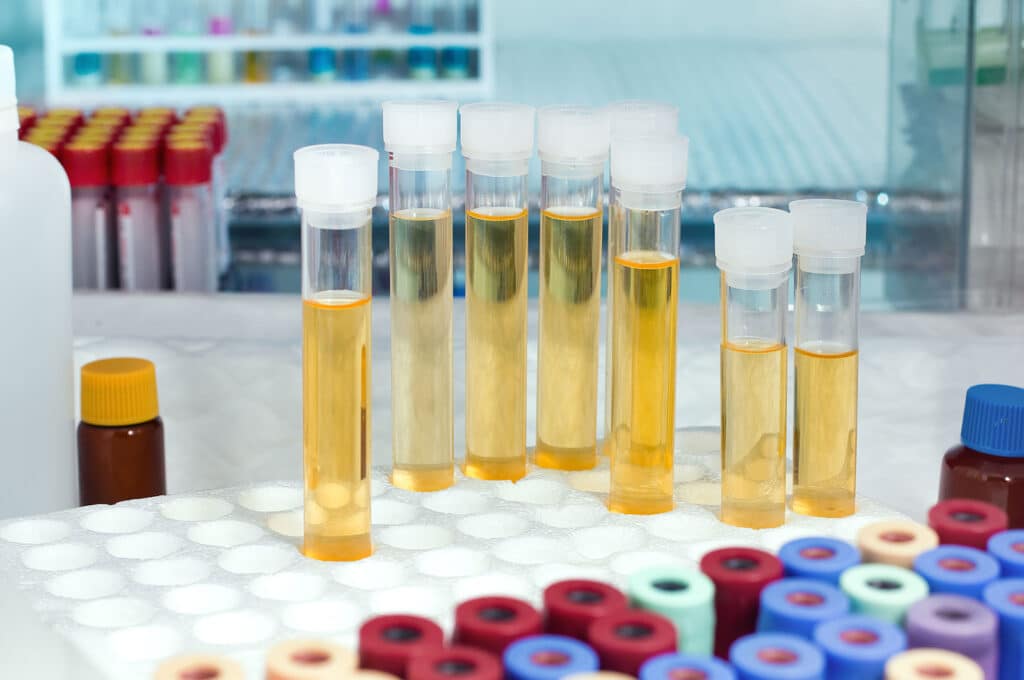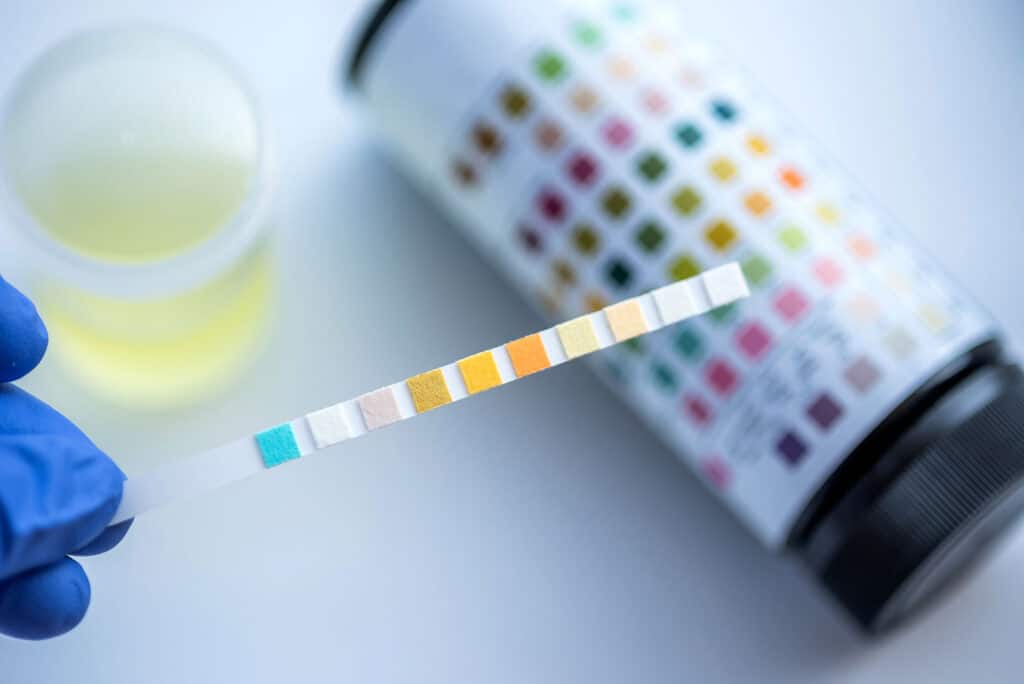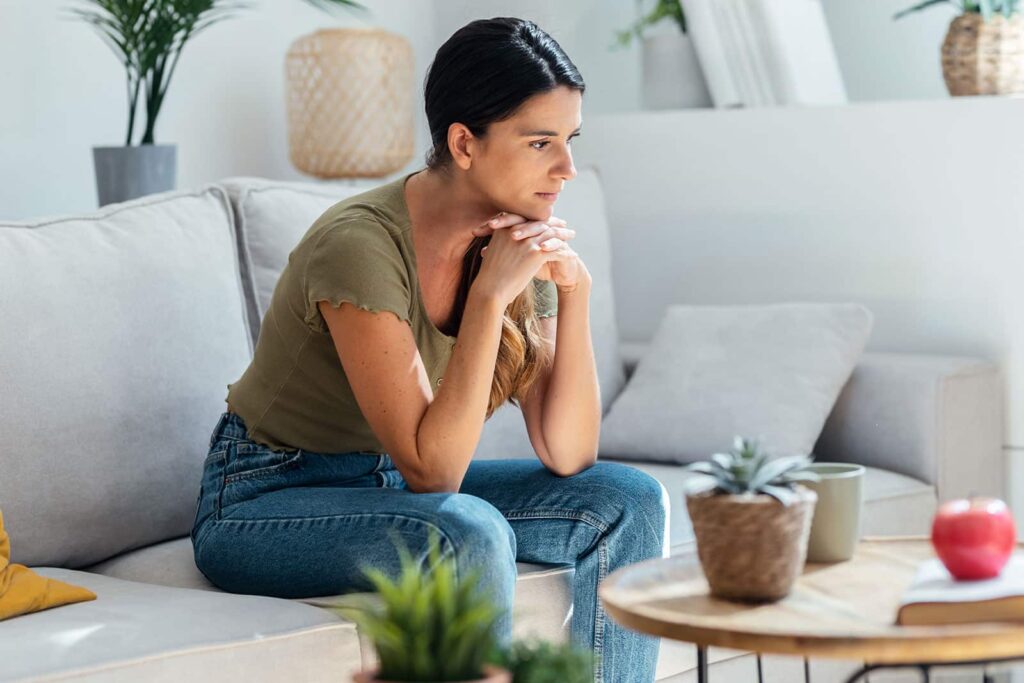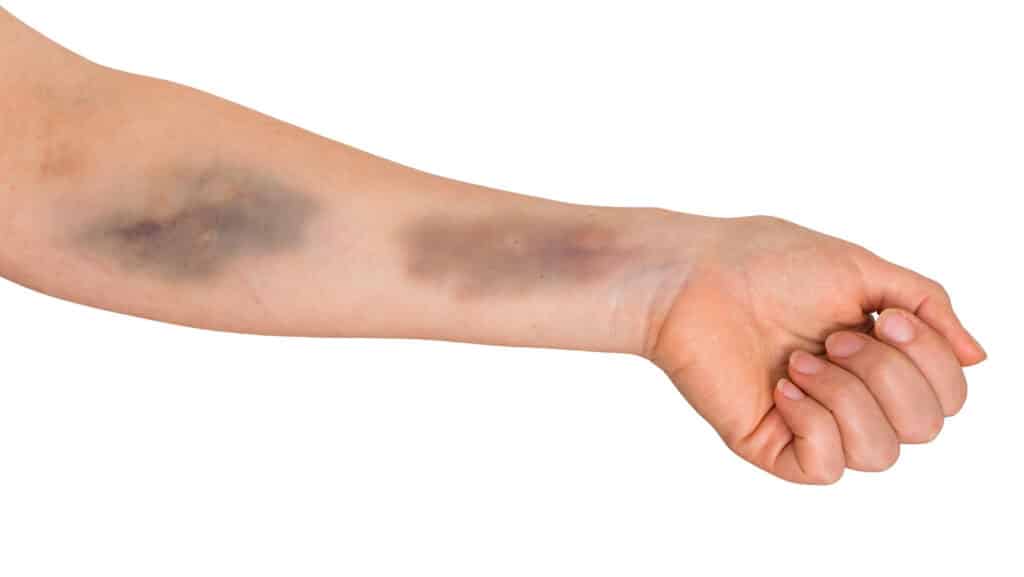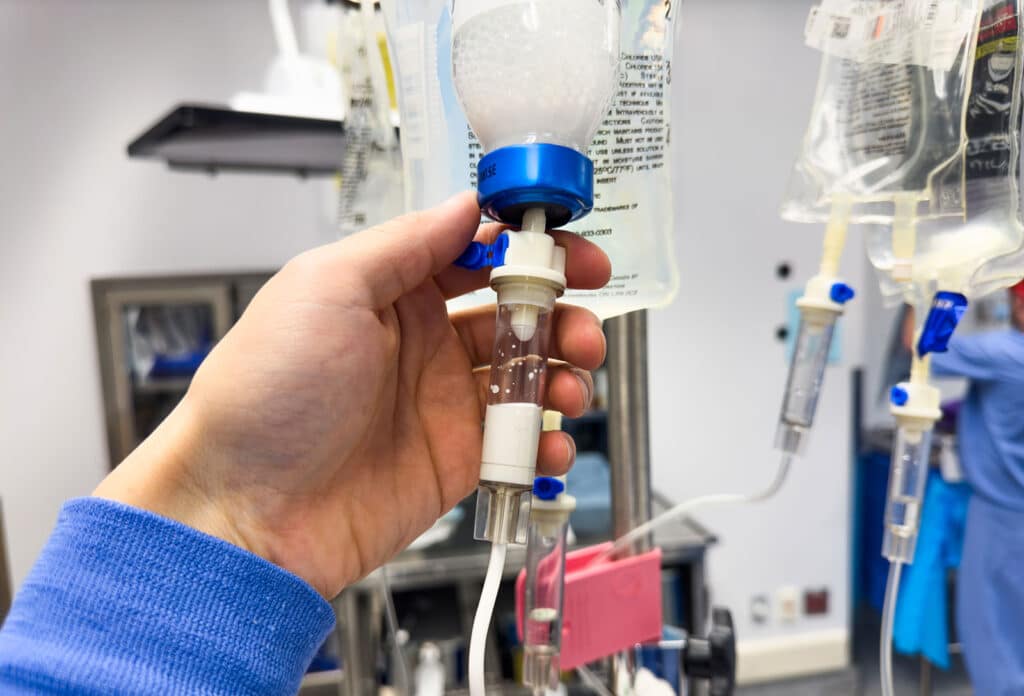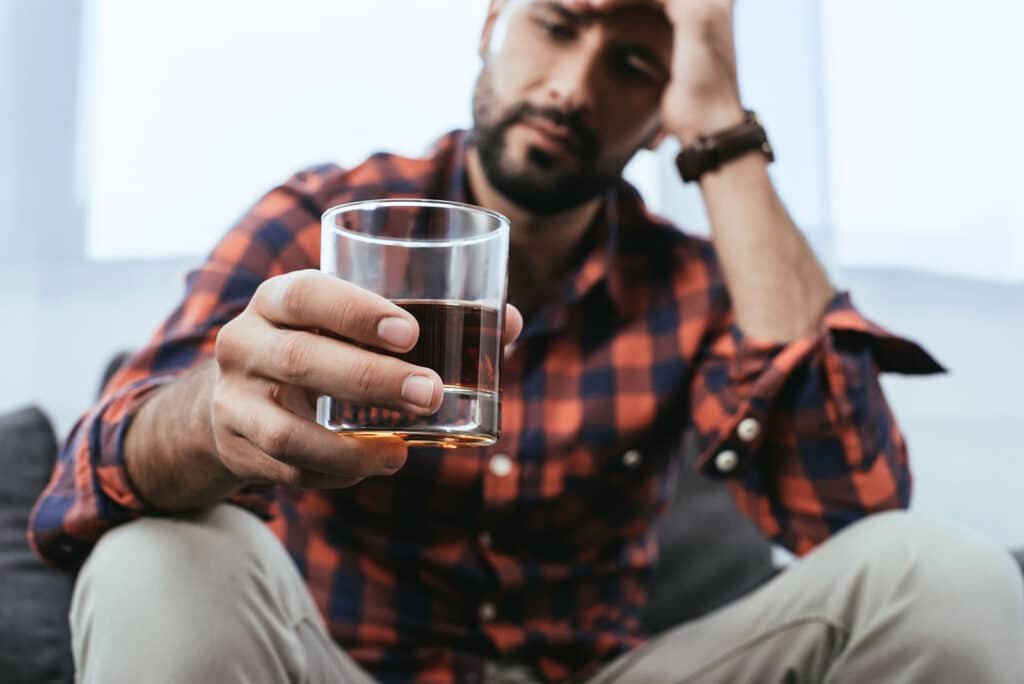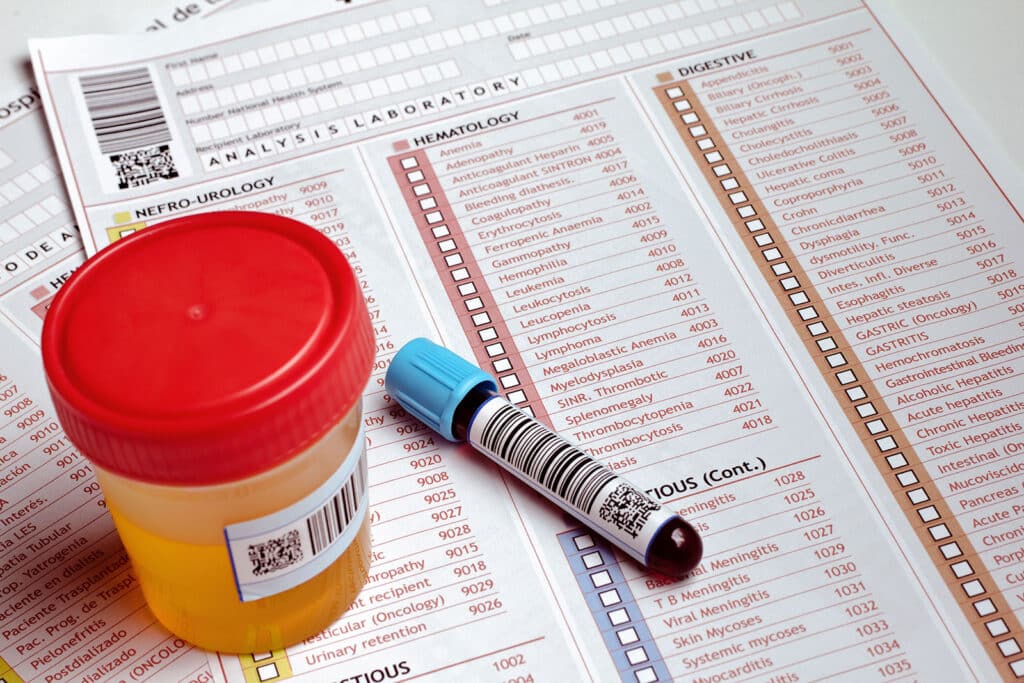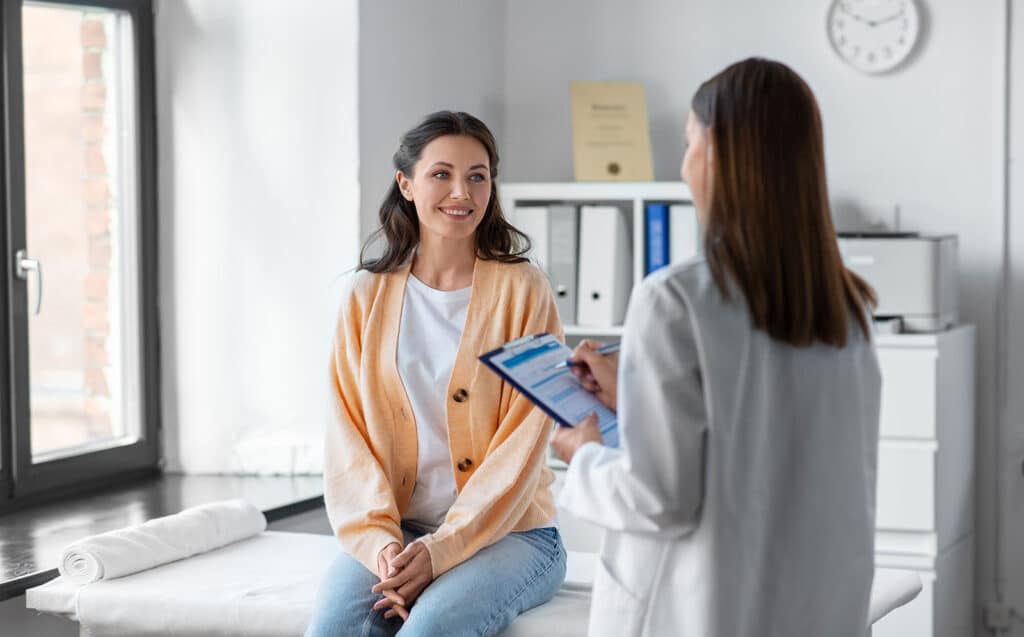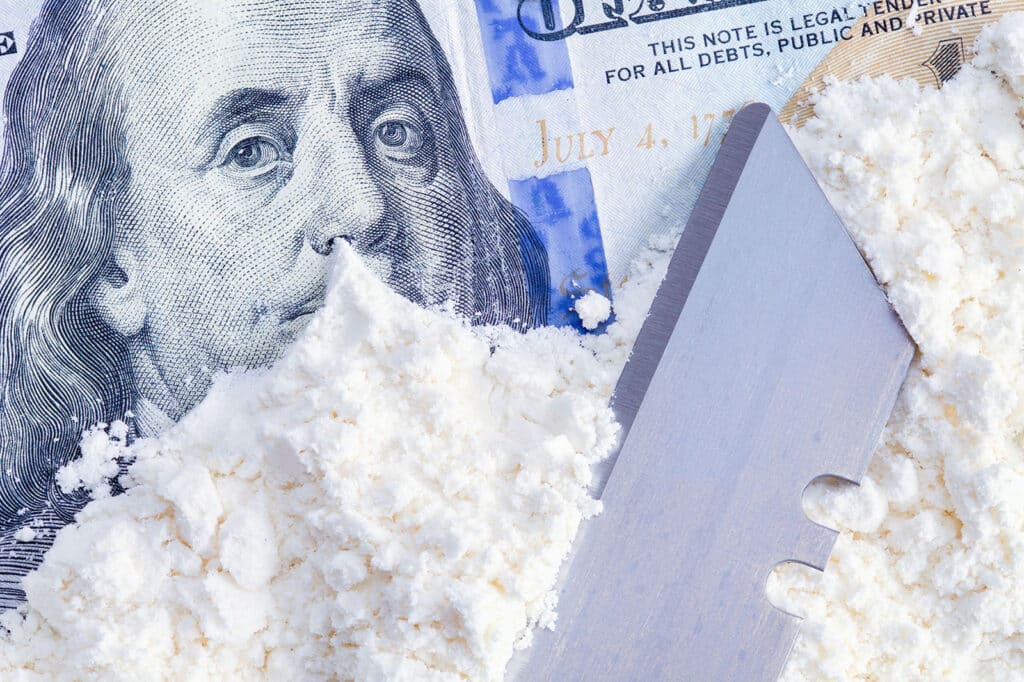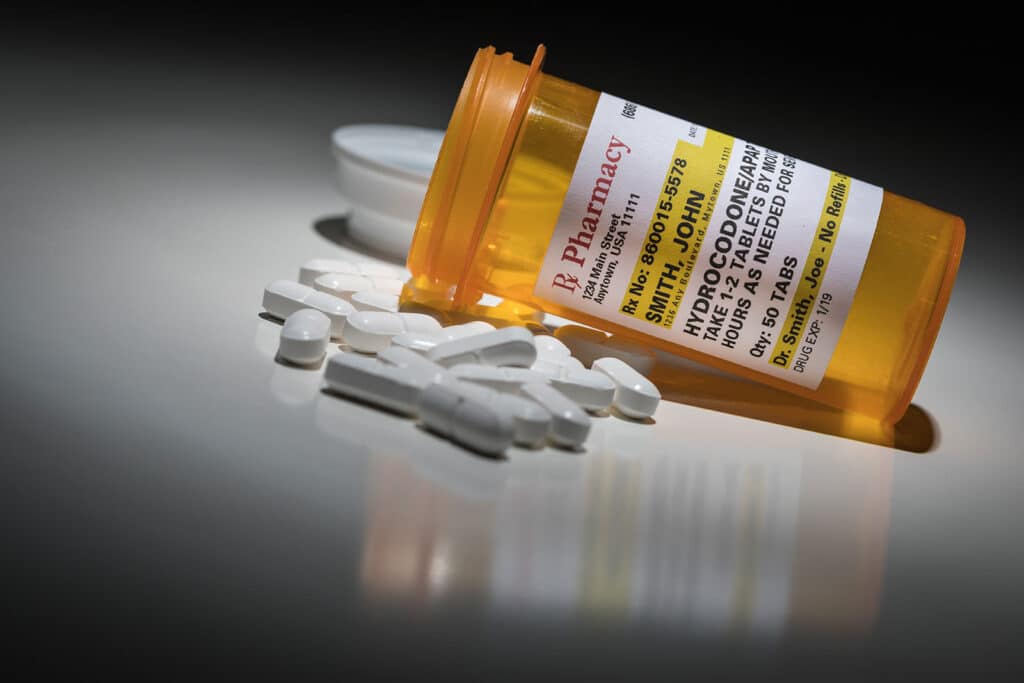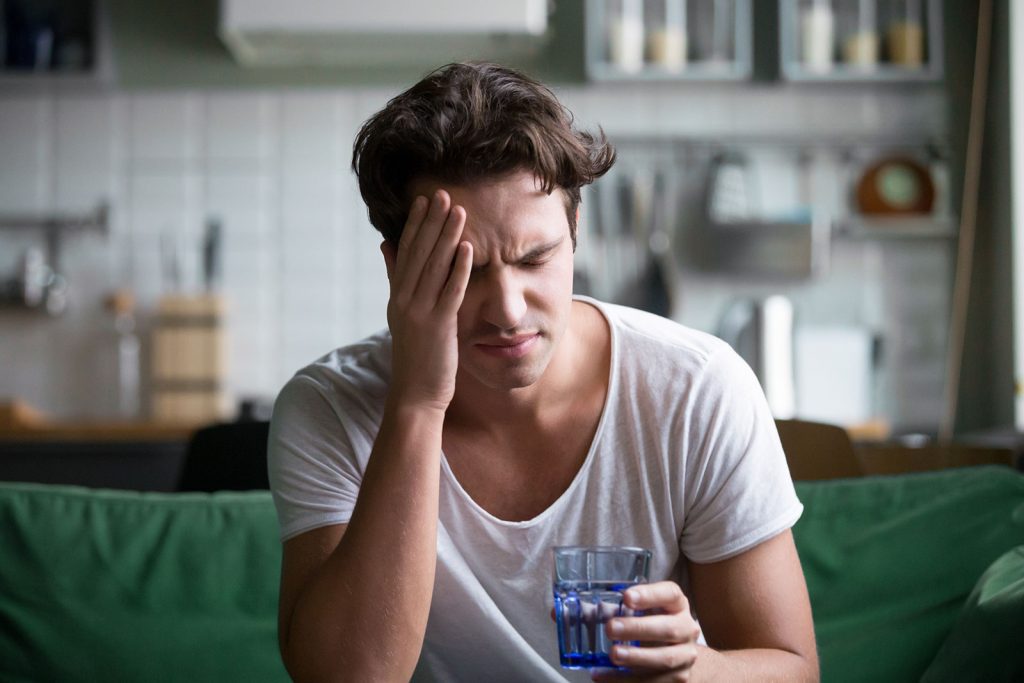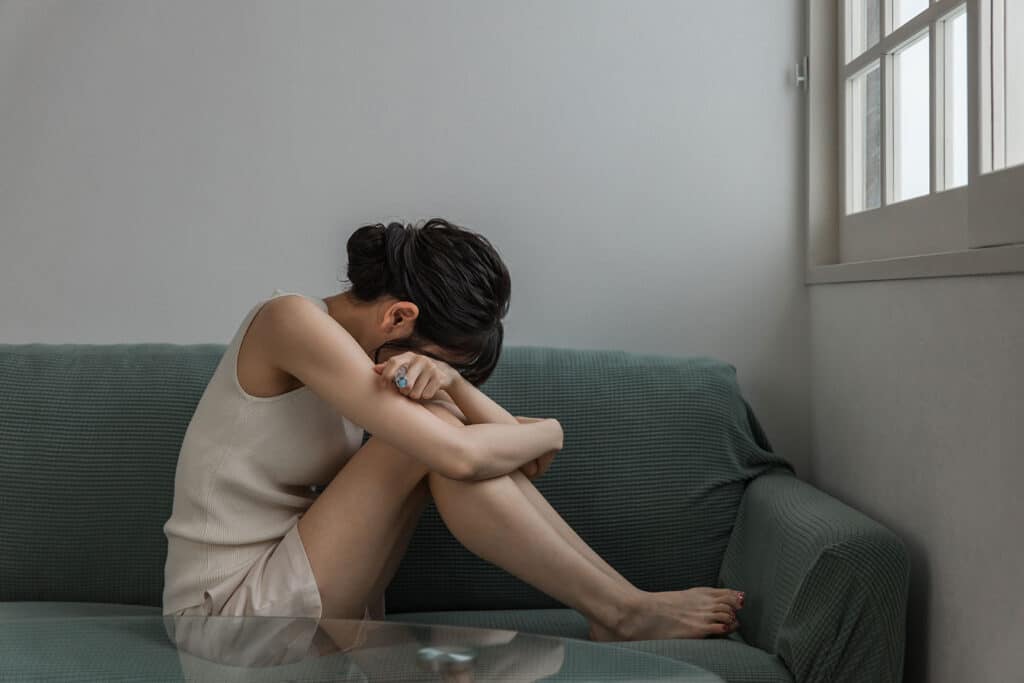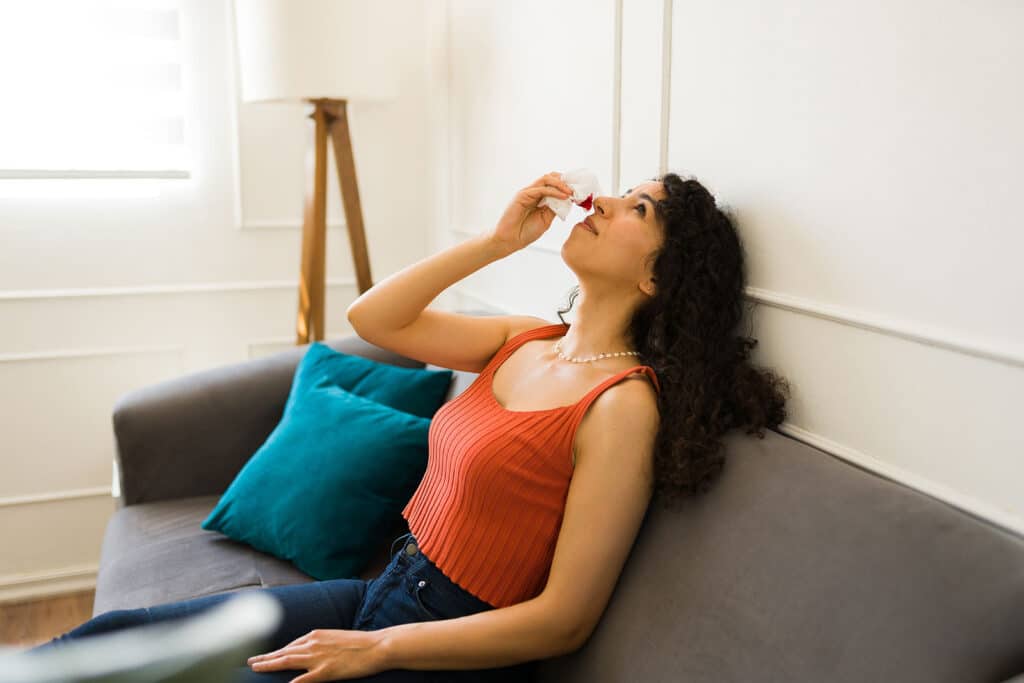Nicotine pouches have experienced a massive growth in popularity in recent years and, for many, have become the preferred form of smokeless tobacco. One of the most popular brands of these pouches is ZYN, as many users feel that it has distinct advantages over other methods of getting nicotine. Some of them even believe that it has a lower risk of cancer compared to these other forms, but is it true? Let’s take a look at ZYN and then we’ll explore whether or not this belief has any basis in reality.
What is ZYN?
ZYN is a small pouch made of plant fibers that functions similarly to a bag of tea. As saliva from the user’s mouth gets the pouch damp, the nicotine diffuses into the user’s gums and through the bloodstream, much like adding hot water causes the flavor of the tea to come out and mix with the water.
Nicotine pouches were first created in the early 2000s as an alternative to traditional dipping tobacco products like Skoal, Copenhagen, and Kodiak. The main benefit they provide over these brands is that the user does not have to spit constantly since they’re tobacco-free, and the contents of the bag remain inside with no risk of accidentally swallowing any.
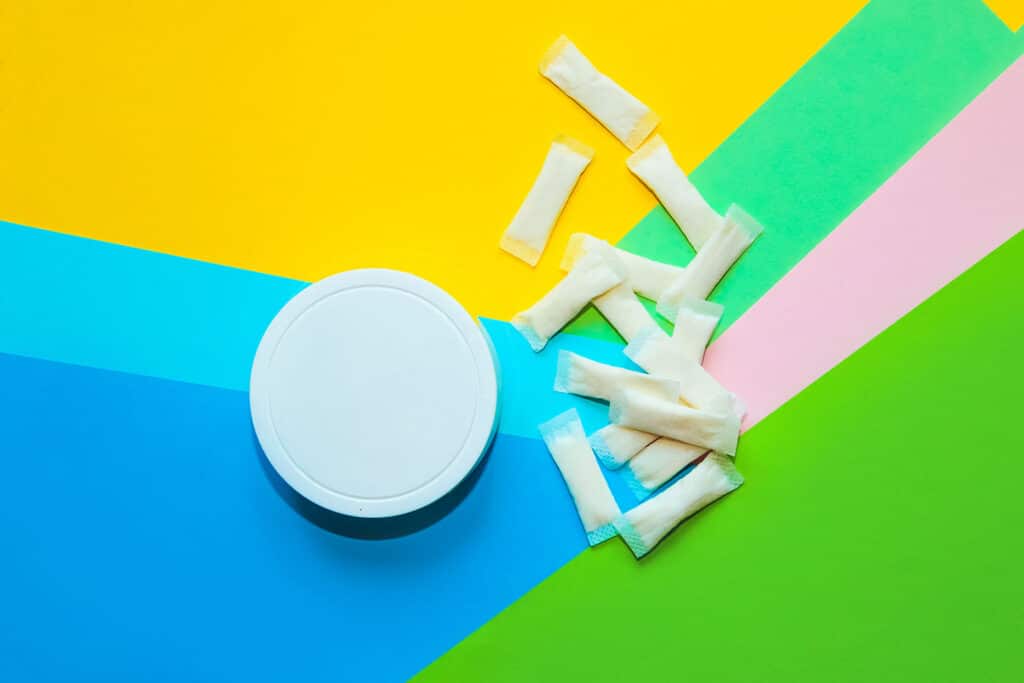
ZYN was created by a company in Sweden and bears many similarities to a Swedish product called “snus”, which works and looks almost exactly the same as ZYN. The one major difference is that snus is made with tobacco and ZYN has none at all.
Additionally, many tobacco users use ZYN either as a cessation method or as a replacement for more traditional methods of nicotine products like smoking cigarettes, along with other methods like vaping and e-cigarettes.
Unlike cigarette smoking, ZYN doesn’t make the user or their clothes smell like smoke. The user also doesn’t have to worry about spitting juices or accidentally swallowing tobacco, which can lead to nausea or vomiting.
Effects of Nicotine Use
Nicotine is a chemical compound found in the nightshade family of plants. When nicotine enters a person’s bloodstream, it produces euphoric effects and can be a powerful stress reliever. It also increases mental focus, although there are some side effects like increased blood pressure and heart rate.
Nicotine addiction is a common side effect of use and can present within a few days of the initial exposure. Withdrawals can cause irritability and agitation, as well as increased stress levels.
The main distinction between tobacco and nicotine in terms of health risks is that tobacco use has been definitively linked to increased cancer risk for decades while nicotine’s role in cancer is still being debated by scientists and experts today.
Cancer Risks Associated with Tobacco Products
Traditional tobacco products like cigarettes and dipping tobacco have been associated with lung cancer for many years. With cigarettes, the main cause is the tobacco smoke entering the lungs, as well as the presence of other additives that are considered carcinogenic.
Up to 16 different types of cancer are associated with smoking, with the most common being lung, throat, esophageal, and stomach. Dip has been linked to cancer of the throat, mouth, esophagus, and pancreas.
ZYN and Cancer Risk: The Current Understanding
The main ingredients in ZYN are maltitol, gum arabic, hydroxypropyl cellulose, microcrystalline cellulose, and nicotine salt. All ingredients are of food-grade quality, according to the company.
These have been known to cause negative health effects such as increased blood pressure, high heart rate, gum irritation, sores in the mouth, and tooth decay.
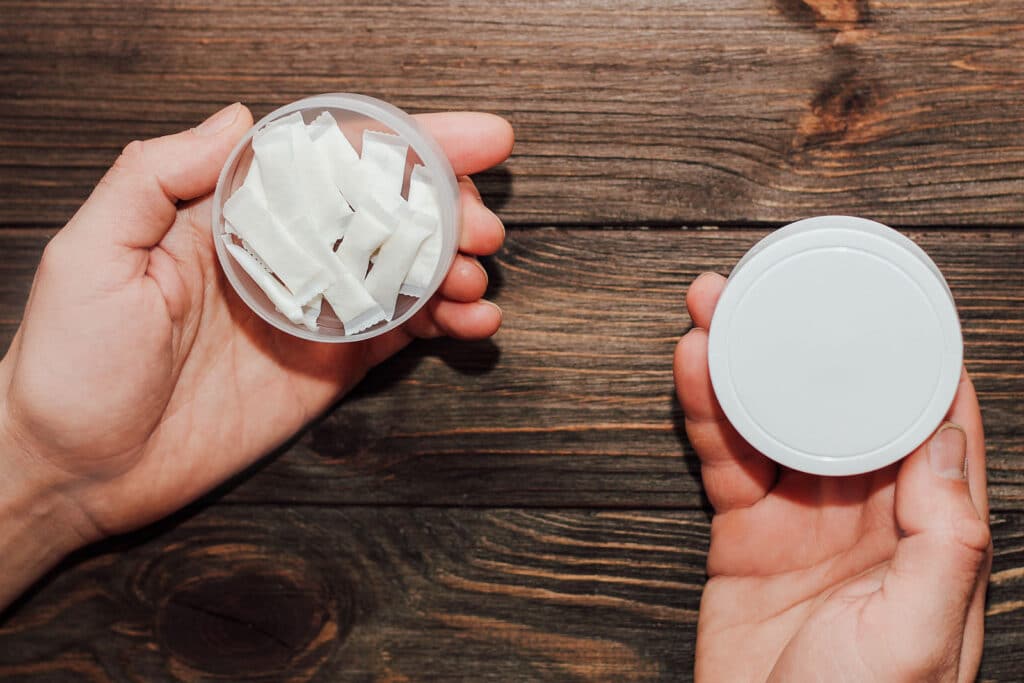
Current research shows that ZYN and similar oral nicotine pouches may have some risk of cancer, although further research must be conducted.
Although ZYN may come with a risk of cancer and other health risks, it is significantly less dangerous than traditional tobacco products like cigarettes. That does not mean the product is completely safe, of course.
It’s worth noting that the Food and Drug Administration (FDA) officials have allowed Zyn to stay on the market while Philip Morris’ marketing application is being reviewed (pending since 2020).
The Addiction Factor
Nicotine pouch addiction can affect health in many ways, such as sore or damaged gums, increased heart rate, high blood pressure, and other conditions previously mentioned. However, the most common effect will be increased usage of these pouches, which can lead to tooth decay, tooth loss, recessed gums, and potentially cancer (although the risks are not 100% known at this time). It may also be a “gateway device” that leads users to try other, more harmful forms of nicotine ingestion like smoking or chewing tobacco.
It’s also important to consider the psychological aspect of nicotine addiction. Withdrawal symptoms can lead to “nicotine fits,” a term used to describe agitation or combativeness exhibited by a person unable to consume nicotine.
Safety and Regulation
ZYN and other nicotine pouches have been subject to safety regulations around the world. In the United States, they may only be sold to customers over the age of 21, although some states may have a lower requirement. Additional American legislation against ZYN has been recommended by members of the US Senate, although action has not yet been taken.
The European Union has a blanket ban on snus outside of Sweden but ZYN is not covered by any of their current tobacco-related restrictions, legislation, or other forms of regulation.
Health organizations like the World Health Organization (WHO), the Centers for Disease Control and Prevention (CDC), and the National Institute of Health (NIH) have an important role in providing safety guidelines, product warnings, and recommending legislation designed to educate potential users about the dangers associated with nicotine.
Alternatives and Cessation Methods
Although nicotine pouches are used as a smoking cessation method in some countries, including some in which it’s actually prescribed by a doctor, there are many safer alternatives. Examples include pouches, gum, or other tools that can help wean a person off of nicotine and help them overcome their addiction. To quit smoking “cold turkey”, which is to say without external aids, is possible but can be difficult.
There are many resources and support systems available for nicotine addiction, such as treatment centers, smoking hotlines, and support groups. Many hospitals, medical service providers, and other organizations offer cessation counseling or tools for free.
Summary and Final Thoughts
Although research on nicotine pouch addiction and its associated cancer risk is ongoing, it is believed that ZYN and similar products cause cancer in the same way that other smokeless tobacco products do.
The importance of ongoing research and its use for making informed decisions cannot be understated. As we learn more about ZYN and nicotine in general, however, it remains clear that nicotine addiction should be dealt with as soon as possible, as cancer risks increase as time goes on. The experts at Garden State Treatment Center are here to help. Call or visit their website to see what they can do for you today!
Published on: 2024-02-07
Updated on: 2025-01-01



